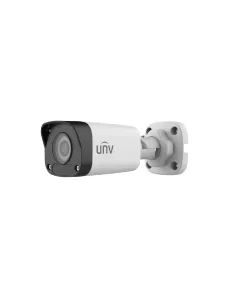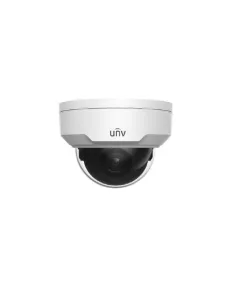Uniview UNV 2MP Mini Fixed Bullet Network Camera 4.00mm Lens | UN-IPC2122LB-SF40-A
This item is available for shipping or collection from our Centurion branch.
This item is available for shipping or collection from our Nelspruit branch.
This item is available for shipping or collection from our branch.







Comments
View Comments